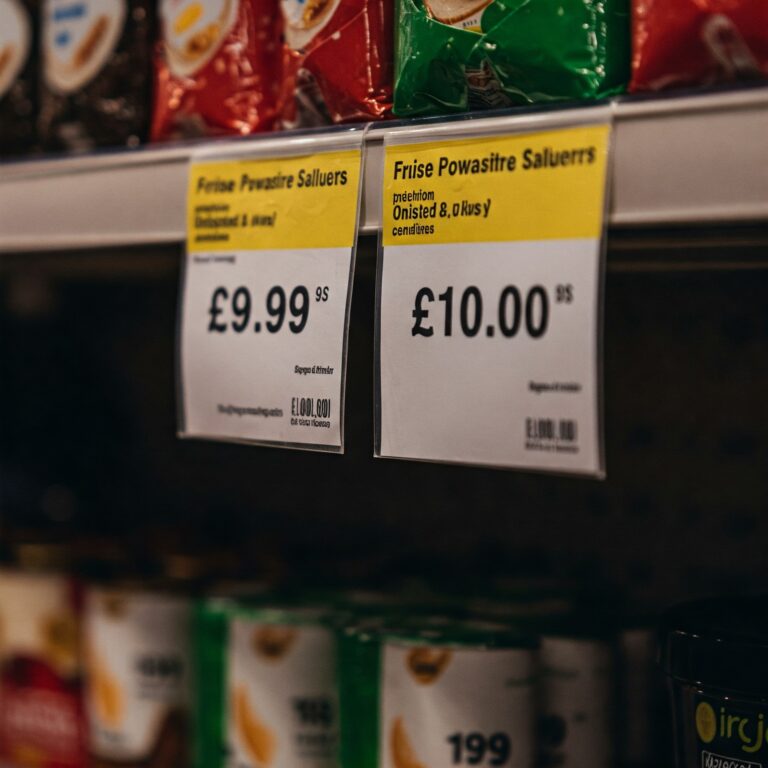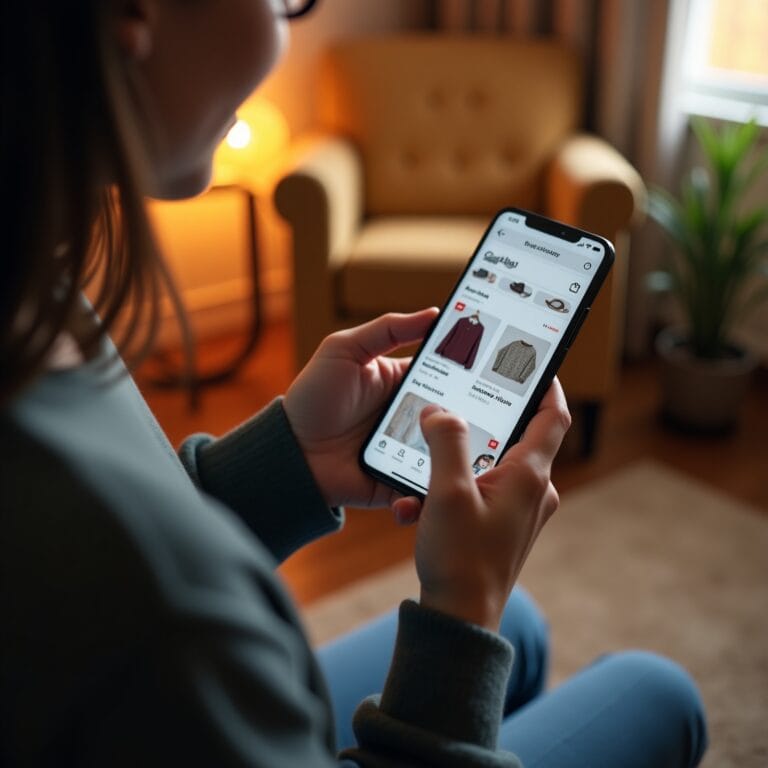Introduction: The Psychology Behind E-Commerce Success
A customer visits your online shop, checks out your lovely products, adds some to their shopping basket, and then disappears without buying anything. Annoying, isn’t it? What if you could get inside their heads and give them a gentle nudge to press “Buy Now”? That’s where behavioural science in e-commerce comes into play—it’s a smart way to bump up conversion rates and stop cart abandonment.
In the bustling world of online shopping, the old sales tricks just won’t do the job. Shoppers now want experiences that feel just right for them. By using behavioral science, you can make the shopping experience smooth, fun, and trustworthy. Ready to turn those casual browsers into steadfast buyers? Let’s look into 7 behavioral science techniques to help boost your e-commerce store and sales.
1. Use Social Proof to Boost Trust and Credibility
A super effective trick from behavioral science for e-commerce is using social proof. People often follow what others do, especially when they’re unsure. By showing what other shoppers think and choose, you build trust and encourage wobbly shoppers to click buy.
Why It Works:
Social proof makes things feel safer by showing potential customers that others have already made similar choices. It’s why five-star products get snapped up or why “bestsellers” never stay on shelves too long.
How Companies Do It:
- Amazon highlights customer ratings and reviews for every product.
- Booking.com creates urgency by showing things like “22 people are eyeing this hotel.”
- Glossier uses customer photos on social media for real-life feedback.
How You Can Implement It:
- Add verified reviews and ratings to your product pages.
- Shine a light on popular items with tags like “Customer Favourite” or “Bestseller.”
- Use real-time nudges like “10 bought in the last hour!” to show popularity.
2. Drive Conversions with Urgency and Scarcity
Giving your customers a little scare might seem intense, but tapping into their Fear of Missing Out (FOMO) is a fantastic way to boost sales. By adding urgency and scarcity, you create an atmosphere where waiting feels risky—and quick action seems the only way.
Why It Works:
Behavioral science shows us that folks act quickly when afraid of missing out (like a great discount or a limited item). Urgency pushes for quicker decisions, while scarcity makes things seem more valuable.
How Companies Do It:
- Amazon Prime Day uses ticking clocks to ramp up urgency.
- Supreme nails scarcity by keeping product amounts super low.
- Eventbrite spices things up with messages like “Only 3 tickets left!”
How You Can Implement It:
- Place a countdown clock on flash sales or special offers.
- Show stock levels next to products—e.g., “Only 2 left in stock!”
- Send cart-abandonment emails warning: “Your items are disappearing fast.”
3. Use the Anchoring Effect for Better Pricing Perception
Ever see how a $99 product feels cheap next to a $300 one? That’s the anchoring effect, where the first price the customer sees affects what seems “reasonable.” By lining up price points smartly, you can steer shoppers toward higher-margin products.
Why It Works:
People weigh options against the first price point they see. Lower-priced alternatives begin to feel like bargains—even if they are more costly than expected.
How Companies Do It:
- Apple uses high prices for new launches to make other products feel more affordable.
- Subscription services highlight top-tier plans making standard options feel cost-effective.
- Clothing brands often show original prices next to sale ones, e.g., “Was $150, now $75!”
How You Can Implement It:
- Display higher-priced items first in a category.
- Highlight discounts with things like “Save $50 today!” or crossed-out prices.
- Offer premium product versions—making basic ones seem like good deals.
4. Simplify Choices to Prevent Decision Fatigue
Here’s an interesting truth: Offering too many choices can freeze your customers in their tracks. Known as the paradox of choice, it shows that fewer, better-defined options often lead to better sales.
Why It Works:
When faced with too many choices, customers can feel swamped and drop their plans. Cutting down their options makes their shopping more pleasant and reduces drop-offs at crucial points.
How Companies Do It:
- Warby Parker limits choices with its curated “Home Try-On Kit” to build confidence.
- Netflix uses personalised rows like “Top Picks for You” for simpler choices.
- Thrive Market provides super-specific filters balancing variety and clarity.
How You Can Implement It:
- Cut the number of items per category—focus on quality.
- Use AI-powered suggestions to guide choices based on preference.
- Break options into small chunks (e.g., by size or colour) to make it easier.
5. Personalise Your Customer Experience
Personalisation is quite big in e-commerce now, showing that tailored shopping experiences really get customers interested and loyal. People love feeling noticed, so product and message matches raise conversion chances.
Why It Works:
When customers feel valued and seen, they’re likelier to trust your shop and follow through with purchases. Triggers based on past actions form a natural loop encouraging shopping.
How Companies Do It:
- Amazon’s “Related to items you’ve viewed” page is upselling genius.
- Spotify and Netflix give tailored content based on habits.
- Etsy makes product suggestions based on browsing.
How You Can Implement It:
- Add suggestions based on browsing—like “Inspired by your search…”
- Run retargeting ads offering discounts on viewed items.
- Split emails by past shopping or browsing data.
6. Use Loss Aversion to Encourage Action
The science shows humans fear losing more than they love gaining—this principle is loss aversion. Framing offers as loss-preventers makes customers act quickly.
Why It Works:
People tend to avoid loss more than seek perks. Using the right tricks, you can make them act right away instead of delaying.
How Companies Do It:
- Streaming platforms warn with messages like “Don’t lose your premium perks—renew now!”
- Online shops send cart reminders like “Hurry—your items are going fast!”
- Loyalty programs remind members about points expiring to push action.
How You Can Implement It:
- Frame discounts as time-sensitive: “Catch this before it’s gone!”
- Label items “likely to sell out soon.”
- Use reminders with lines like “Don’t let this deal disappear.”
7. Streamline the Checkout Process
Getting a customer to your checkout page is half the mission. The other half is making sure they glide through it. A messy or complex checkout is a big cart-abandonment reason, but you can change that with an easy, friendly process.
Why It Works:
Every extra checkout step raises the chance of shoppers leaving without buying. Simplifying UX reduces their hassle and boosts buying rates.
How Companies Do It:
- Amazon basically invented convenient one-click buying.
- Shopify sellers offer swift checkouts like Shop Pay.
- Apple Pay and Google Pay let buyers dodge manual entry.
How You Can Implement It:
- Permit guest checkouts to make it smooth for first-time customers.
- Drop unnecessary form fields—only get the essentials.
- Use digital wallets and one-tap payments.
Conclusion: Behavioral Science Connects to E-Commerce Success
Using behavioural science tricks in your e-commerce game, you’re not just pushing up conversion rates—you’re also crafting an intuitive, pleasant customer experience. From social proof to simpler checkouts, each trick removes barriers and sparks purchases.
Eager to see results you can measure? Kickstart these behavioural-driven plans today and enjoy seeing those filled carts become finished purchases. Which method will you try first? Share your thoughts in the comments!





